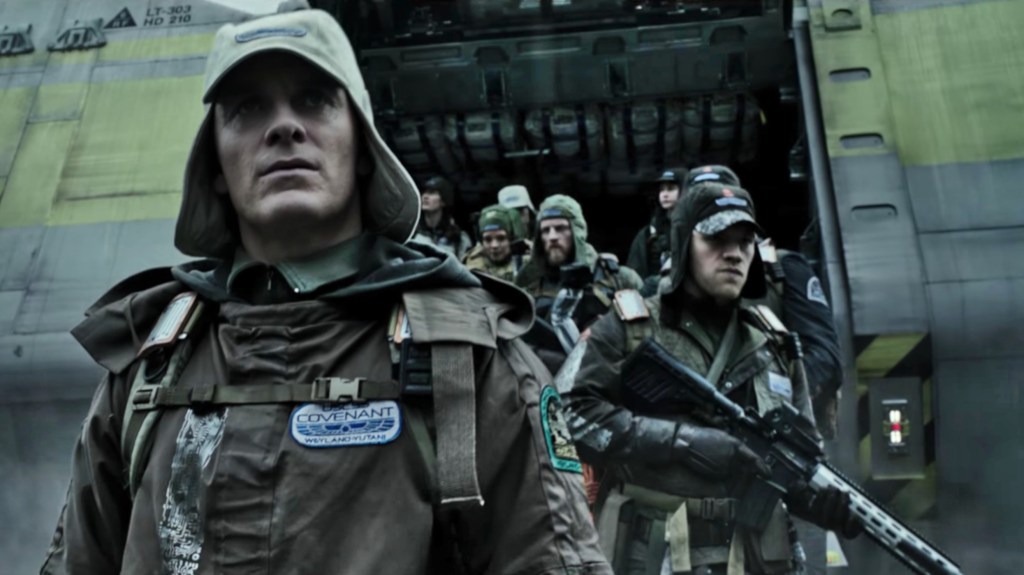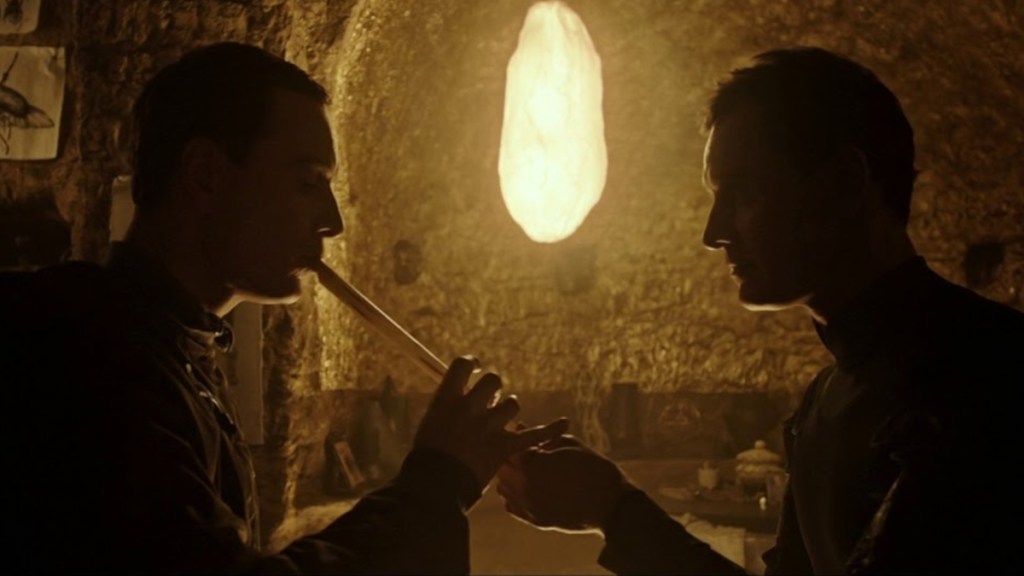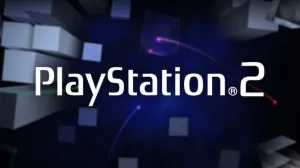When ranking films in the Alien franchise, most fans tend to think of Alien: Covenant being in the bottom section of the list. At that time (2016), director Ridley Scott was still catching a lot of flak for not making his previous film, Prometheus, the direct Alien prequel many thought it was going to be; Covenant was far more direct in its approach to tying together Alien lore, but those ties came at the cost of a far less sophisticated story than Prometheus, and a pale imitation of the original Alien film he directed.
Videos by ComicBook.com
That all said, Alien: Covenant did do its job admirably well: combined with the events of Prometheus, it tells a comprehensive enough story for diehard fans to connect the dots of how the xenomorph species came to be, and how the stage was set for the events of Alien (1979). Interestingly enough, there is a scene in Alien: Covenant that speaks to a key point in the franchise’s timeline, and makes the events of the new Alien: Earth TV series even more intriguing.
“Idle Hands Are The Devil’s Work”

The big twist in Alien: Covenant is the revelation that a character from Prometheus, Mr. Weyland’s first android prototype, “David” (Michael Fassbender), not only survived the first film, but diabolically murdered his human companion, Dr. Elizabeth Shaw. David used an alien ship to find his way to a homeworld of the Engineers, the advanced species that terraformed many worlds and seeded them with new forms of life (including Earth), using the “black goo” mutagen they developed. David turned the Engineers’ own weapon against them, wiping out their homeworld before setting up his own genetic research “lab” there, where he spent decades messing around with the mutagen, infecting various hosts until he found the genetic combination for the facehugger parasites and their eggs.
When the crew of the USCSS Covenant stumbles onto David’s world, certain crew members are quickly infected by the mutagen, resulting in several xenomorph variants (Praetomorphs) being born. The Covenant crew is forced to accept refuge from David, not knowing how dangerous the unhinged synth really is. David manages to pick off team members one by one, while also birthing a xenomorph drone, but Covenant‘s synth officer, Walter (also Michael Fassbender), catches on to what David has done and confronts his “brother.”
Synthetics Were Originally More “Human”

One of the more telling subplots of Alien: Covenant involves David invoking a quote from the classic sonnet “Ozymandias”. David attributes the work to the famous English poet Lord “Byron”; however, later on, Walter points out that the true author of “Ozaymandias” is Percy Bysshe “Shelley.” David’s error is exposed as proof that his programming is dangerously corrupted.
Walter additionally explains that, due to David’s flaws, subsequent synth models were redesigned to have less personality, as well as the removal of a key ability: creation. That limitation is illustrated by David being able to compose a moving melodic tune (the Prometheus theme) on a hand-carved flute; Walter cannot compose a tune and must instead take fingering instructions from David before he is able to replay the tune.
While this scene in Alien: Covenant seemed mundane initially, Alien: Earth has made it so much more significant to the larger franchise lore.
Unstable Synthetics Led to a Mechanical Arms Race

In Alien: Earth, viewers are immediately introduced to the premise that there are three different types of machine beings in the Alien Universe: synthetics (androids), cyborgs (robotically-enhanced humans), and hybrids (human consciousness transferred into a synthetic body). However, the information we get from Alien: Covenant makes it clear that this mechanical arms race took place entirely because independent artificial intelligence was seen as too unstable or dangerous.
In fact, we can arguably infer that the failure of the David models of synthetic refocused humanity entirely. While Mr. Weyland endeavored to create a thinking machine, the flaws in that design seemed to refocus humanity on a new goal: post-human evolution. It’s another aspect of the franchise that Alien: Earth is putting a spotlight on: the race to find humanity’s next evolution through either mechanical or biological means. The corporations want the xenomorphs (and other dangerous alien species) to engineer a serum that will enhance human physiology; that same logic was guiding Boy Kavalier to the imminent rollout of his hybrid line, a revolutionary step in ensuring humanity’s continued existence.
The Alien franchise has long been juggling these deeper themes of man vs machine vs nature, but never with a hand so heavy it weighs down the horror-thriller appeal. But thanks to Alien: Earth, fans are having more than just a little fun finally pondering these deeper themes, making them essential to the franchise like never before.
Alien: Covenant and Alien: Earth are streaming on Hulu-Disney+.









